


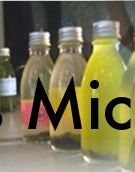

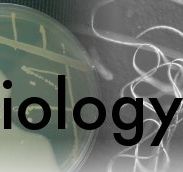
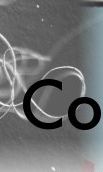
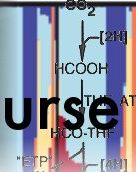








 |
 |
 |
 |
 |
 |
 |
 |
 |
 |
 |
 |
 |
 |
 |
 |
| The
major themes of the course are reflected in an ambitious set of
practical studies. 1. Isolations of diverse microbes The isolation of
metabolically and physiologically diverse microbes
provides an in-depth, hands-on experience with the metabolic properties
and (eco)physiological traits of important microbes. The isolations
focus on key members of the community of the microbial mats that we
collect from the nearby Elkhorn Slough and maintain in the laboratory.
In particular, we isolate purple sulfur bacteria, purple non-sulfur
bacteria, green bacteria, colorless sulfur bacteria, luminescent
bacteria, lactic acid bacteria, propionic acid bacteria, Clostridia,
sulfate-reducing bacteria, Fe(III)-reducing bacteria, Mn(II)-oxidizing
bacteria. These isolations form a valuable complement to the concepts
on microbial physiology and metabolism that we develop around the
ecophysiology of these microorganisms, as well as the causes and
consequences of their niche construction.
2. Ecosystems: Functional gene diversity
To complement the ‘culture-based’ physiological and
genetic experiments described above and below, HMC students also carry
out cultivation-independent PCR-based analyses of various ecosystems.
While many students arrive with some knowledge of standard 16S
rRNA-based analysis of microbial communities, very few have prior
experience in characterizing the diversity of ecologically relevant
functional genes. Thus, we have implemented a ‘functional
gene analysis’ experiment in which students utilize the
ammonia monooxygenase (amoA) gene as a molecular marker to examine the
distribution and diversity of uncultivated ammonia-oxidizing archaea
(AOA). In previous years we have extracted DNA from a wide variety of local ecosystems
chosen by the students, including: Elkhorn Slough estuary sediments,
multiple depths in Monterey Bay, Hopkins intertidal rocks and beach
sand, as well as material from the biological ‘sand
filter’ from the neighboring Monterey Bay Aquarium. Students
learn how to generate, sequence, and analyze archaeal amoA amplicon
libraries using a variety of cutting-edge phylogenetic and statistical
approaches. At the end of the course, the students’ extensive
archaeal amoA dataset was deposited in GenBank, providing a useful
resource to the scientific community. Coupled with numerous lectures
highlighting how key functional genes (e.g. amoA, nifH, nirK, nirS,
dsrA, mcrA, etc.) can be used to study the diversity of specific groups
of biogeochemically important microbes in the natural environment, this
amoA-based experiment provides students with valuable hands-on research
experience in molecular microbial ecology.
3. Population genetics Population
genetics provides a means of understanding diversity in
terms of the evolutionary processes that generate it. Marine
vibrios are isolated from sea anemones located at two geographically
distinct sites. The nucleotide sequence of three housekeeping
genes and one ecologically significant gene, plus 16S is obtained from
a total of ~100 strains and the resulting data subjected to a range of
analyses to determine the contribution of mutation, recombination,
migration, selection and drift to patterns of vibrio
diversity. The project introduces students to the very latest
approaches in multi-locus sequence analysis, including hands-on
experience with methods for assessing recombination, selection, drift,
and the partitioning of diversity across space and time.
Student Presentations During the final week of the course, students present the results of their experiments. Presentation slides for the various experiments are available below:
2013 Presentations Major Experiment Presentations
Major Experiment Presentations Enrichment Presentations
2011 Presentations Major Experiment Presentations Enrichment Presentations
2010 Presentations Major Experiment Presentations Enrichment Presentations |
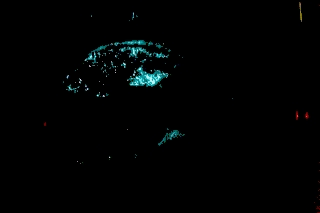 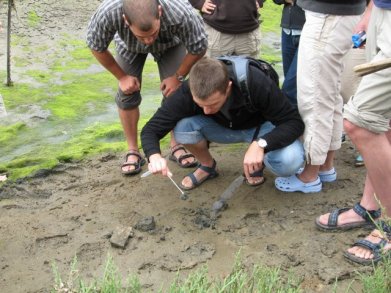 |